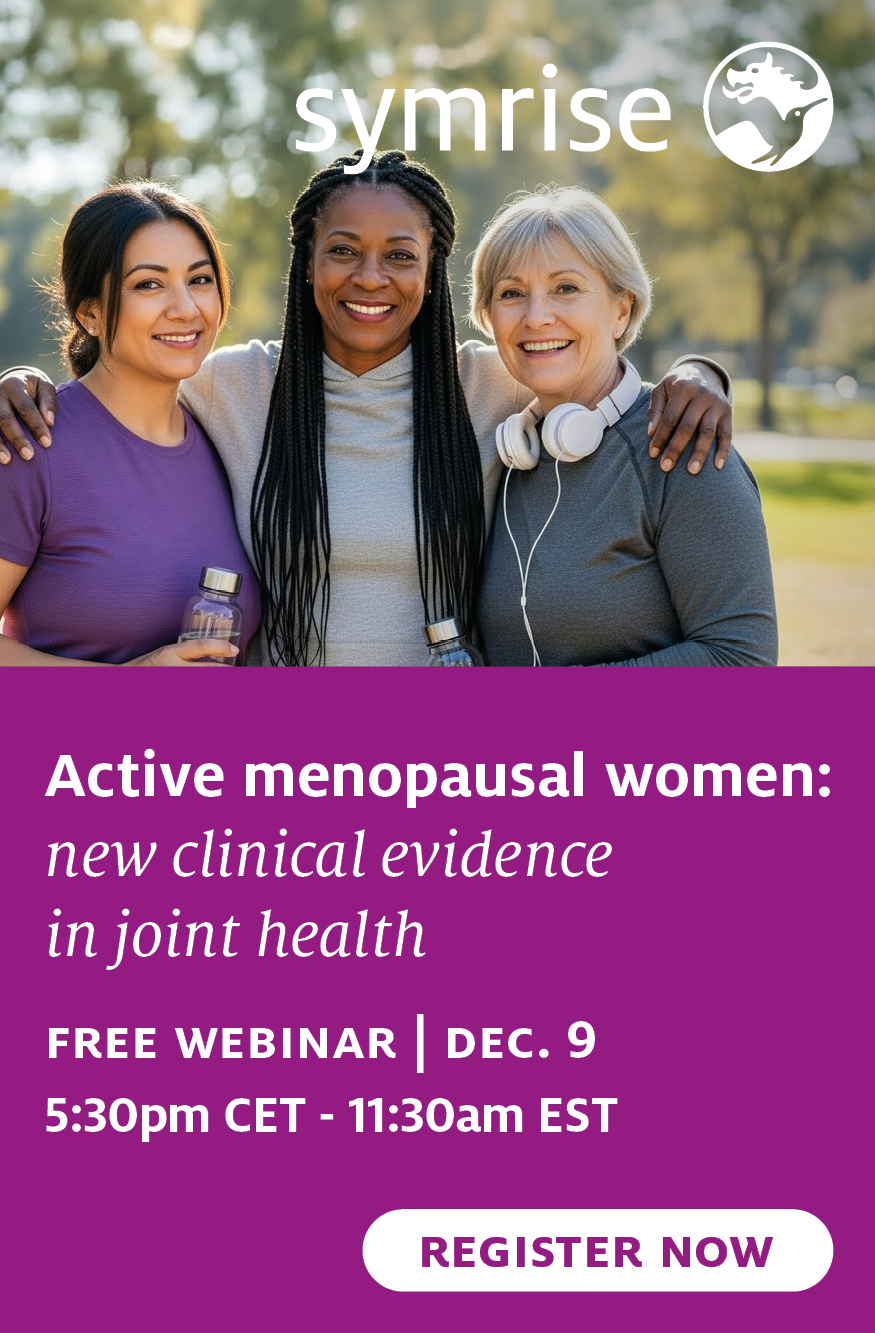EFSA approves new categories for Lallemand’s vitamin D yeast

21 Feb 2022 --- Lallemand is expanding its use of Lalmin vitamin D yeast in 22 consolidated food categories, following the EU authorization by regulation 2022/196. The company is excited about new additions such as infant formula, while the developments will allow health claims in the respective categories including cereals, spices and dairy products.
“This development allows Lalmin vitamin D yeast to be used in a variety of food products in which it was previously not permitted,” Karen Dhanraj, technical marketing manager, Lallemand Bio-Ingredients, tells NutritionInsight.
“By authorizing the use of our non-animal, allergen-free vitamin D yeast in these categories, it allows food producers another option to fortify products with a very stable, cost-effective, vegan vitamin D that is suitable for use in plant-based recipes.”

Implications for consumer demands
Following the regulatory approval, if a food contains 0.75 µg of vitamin D, it can have the content claim “source of vitamin D” as well as health claims.
“Imagine having the ability to enjoy a vitamin D fortified breakfast cereal that supports healthy teeth in the morning. Then, mid-day, one might have some vitamin D fortified cheese on a sandwich, contributing to bone health. Finally, in the evening, a vitamin D fortified plant-based burger contributing to immune health could be on the menu,” Dhanraj says.
“It might sound farfetched, but these are real benefits that consumers want and need.”
The development also gives Lallemand a “distinct advantage” over its competitors as it can offer a clean label.
“Food and food supplement labels in the EU can declare Lalmin vitamin D simply as ‘vitamin D yeast.’ Mushroom vitamin D must be declared as ‘UV treated,’ but vitamin D yeast does not have this requirement. This gives us a distinct advantage, as most food producers prefer to have a clean label and avoid using the term ‘UV-treated,’” Dhanraj adds.Research suggests vitamin D levels are insufficient in the global population.
Targeting infant formula niche
One of the new categories that Lalmin has been authorized for is infant formula, targeting bone health and immunity.
“The need for vitamin D, beginning at a young age, has become obvious and authorizing the use of vitamin D in infant formula is a great first step to preventing issues related to inadequate intake,” Dhanraj underscores.
“As we know, babies are born with an underdeveloped immune system. Exposure to environmental pathogens is necessary for the development of the adaptive immune system. It is also a risk for a developing infant’s health. Vitamin D contributes to normal immune function in children and supports the innate immune system; it doesn’t require exposure to pathogens.”
When a child is born, their skeletal system is still a work in progress, Dhanraj notes. “Their bones are flexible and are not yet fused to allow for the mother to give birth. However, once the baby is born, the strength of the skeletal system is critical for growth.
“Vitamin D and calcium are critical for bone development. Adding a vitamin D yeast to infant formula can support these critical stages for babies,” Dhanraj adds.
Addressing public health
Vitamin D deficiency has become a major public health problem at a global level and is associated with many health conditions in adults, Dhanraj highlights. “Inadequate vitamin D has serious and wide-ranging implications. The scientific community has been reporting on this topic for many years.”
The COVID-19 pandemic has bolstered vitamin D consumption as research advocated the item for vulnerable groups.
“Lallemand’s vitamin D yeast was the first vitamin D novel food approved in the EU, and we’re proud to continue to invest in this increasingly important ingredient,” Celia Martin, global regulatory affairs director for Lallemand Bio-Ingredients, commented. Vitamin D is a key component of the immune system and modulates the immune response to protect against infections.
Vitamin D is a key component of the immune system and modulates the immune response to protect against infections.
Consolidating categories
Last year, the EFSA gave a favorable opinion for Lalmin to be used in 34 categories.
Martin clarifies that the 22 categories outlined in the latest regulation are not an addition to the 34 categories. “It is that the 34 categories were finally consolidated into 26 categories in the new regulation.”
“The reason for the difference is that some categories were grouped into a single one (e.g., spices, seasonings, condiments, sauce ingredients and desserts are the same category in the new regulation) and were previously expressed differently in the EFSA food categorization system. The final regulation includes 22, consolidated, new categories in addition to the four previous categories.”
The categories are ready-to-eat meals, soups and salads, fried or extruded cereal, infant formula, processed cereal-based food, processed fruit products, processed vegetables, bread and similar products; breakfast cereals as well as pasta, doughs, other cereal-based products.
The authorization also covers categories including spices, seasonings, condiments, sauce ingredients, dessert sauces and toppings, protein products; cheese; dairy dessert and similar products; fermented milk and cream; dairy powders and concentrates’ milk-based products, whey and cream; meat and dairy analogs; diet replacements for weight control; meal replacements for weight control and foods for special medical purposes.
By Andria Kades













